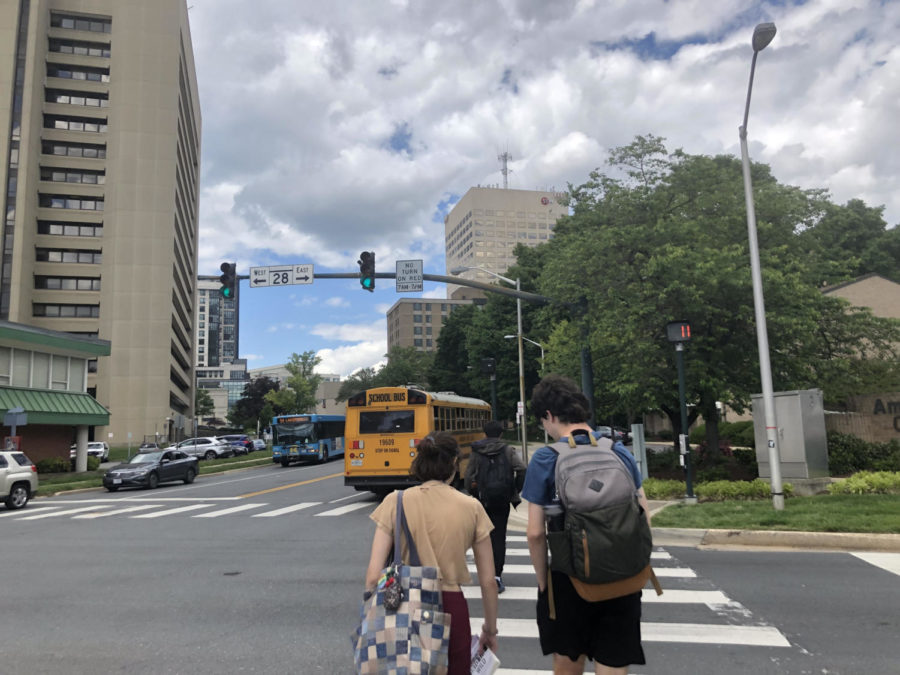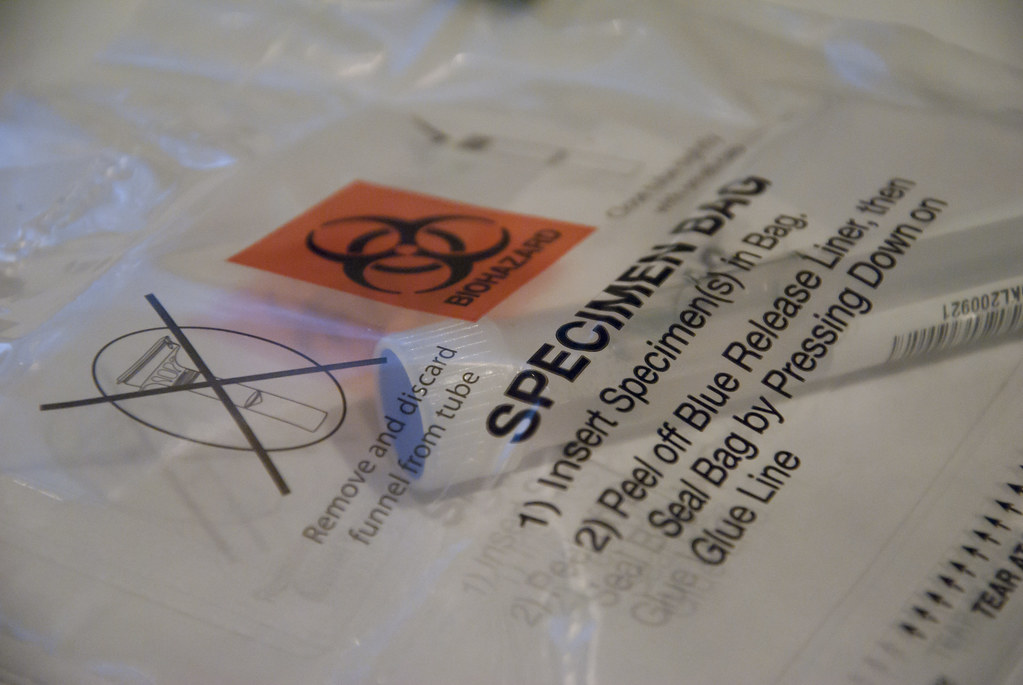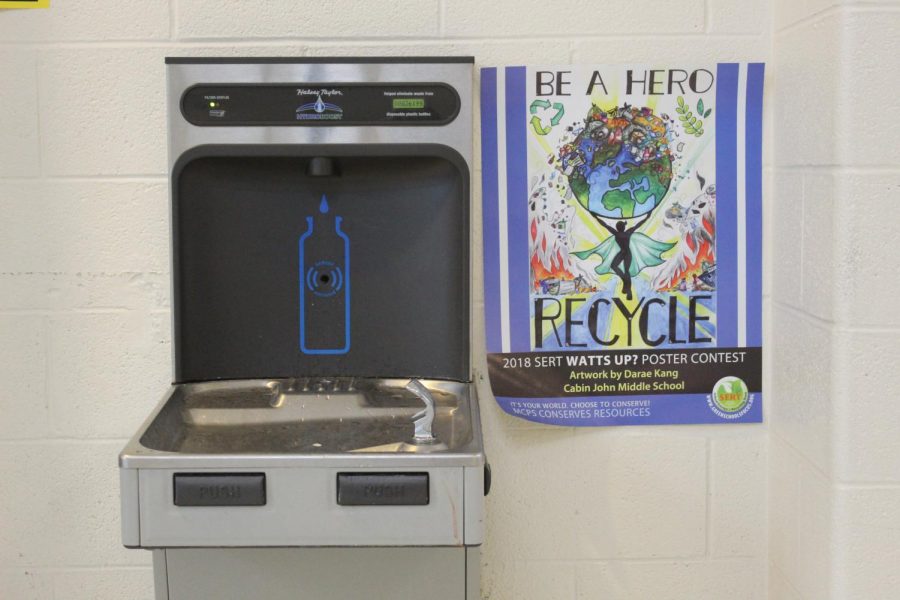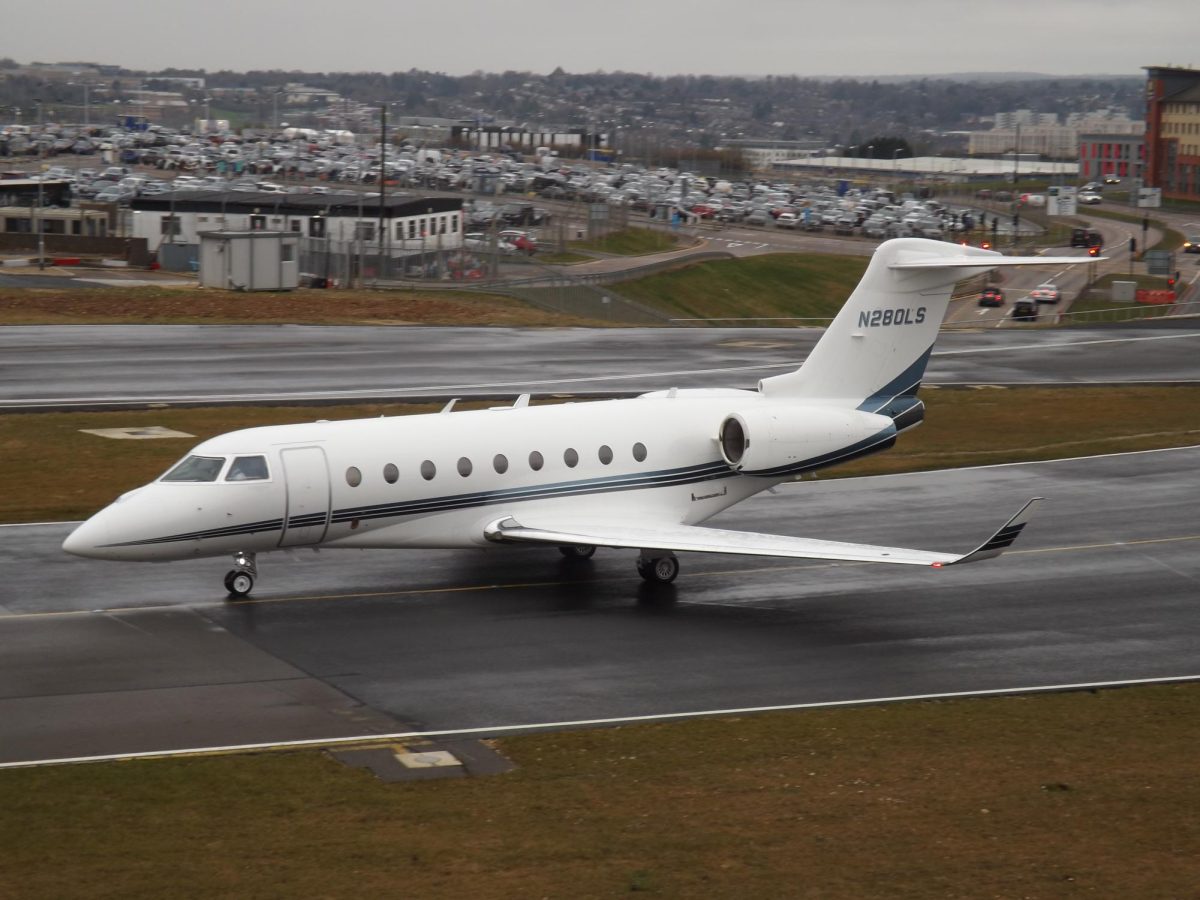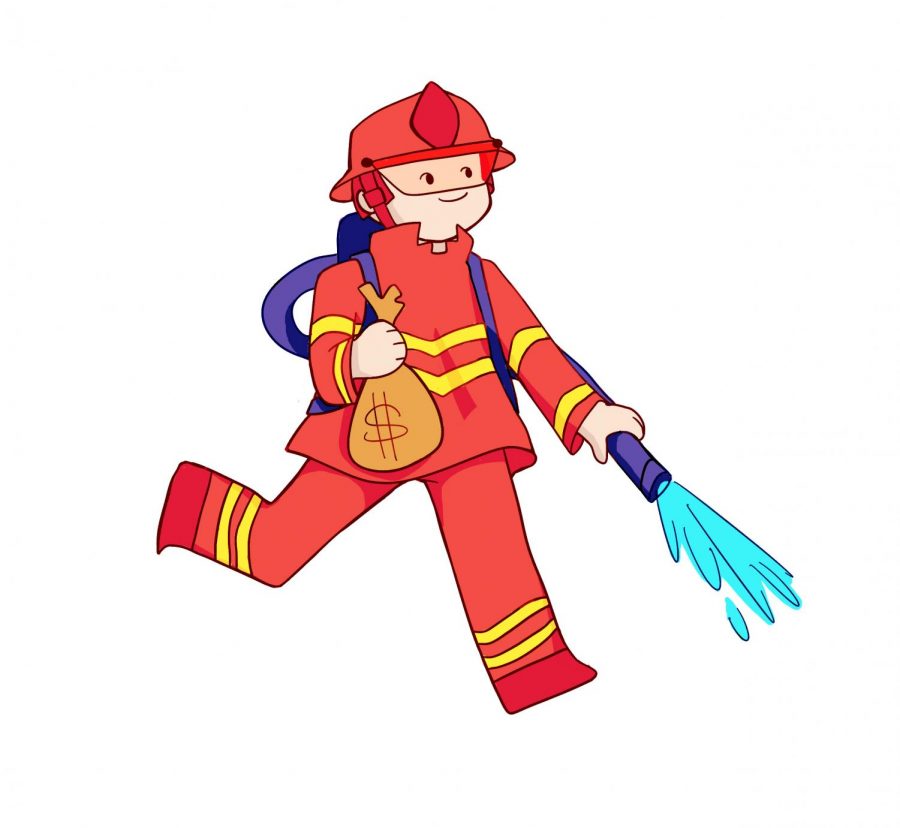In today’s rapidly advancing technological landscape, the range of nuclear weapons has experienced remarkable strides. Breakthroughs in propulsion systems, miniaturization, and guidance technologies have collectively propelled the development of more sophisticated and versatile nuclear arsenals. Intercontinental ballistic missiles now boast extended ranges, allowing precision strikes over previously unreachable distances.
Additionally, advancements in hypersonic technology are reshaping the possibilities for rapid and unpredictable nuclear delivery systems. These developments redefine the strategic calculus among nuclear-armed states and pose challenges for existing defense mechanisms. It is also clear that it is imperative to maintain a watchful eye of impact radiuses around the world, ensuring that citizens can be notified of the dangers they may face.
According to the International Campaign to Abolish Nuclear Weapons, there are 9 countries that possess nuclear weapons: Russia, the United States, China, France, the United Kingdom, Pakistan, India, Israel and North Korea. To date, none of these countries have signed or ratified the Treaty on the Prohibition of Nuclear Weapons, meaning each of these countries could possibly pose a nuclear threat to countries across the globe.
Now, the local impact. Should a nuke be launched, to what extent would Rockville be impacted? Using Nukemap, an interactive simulation that uses Mapbox API and declassified nuclear weapons effects data, to run the list of destructive nuclear weapons through simulations, we see that Rockville would be impacted, but the damage would be relatively minimal.
Firstly, some clarifications. It is unlikely that Rockville itself would be the target of a nuclear attack, and if it was, all the nukes would be severe or fatal for everyone in the city. So for this simulation, each of the missiles would be targeting Washington D.C. Looking at the results, the impact outcomes indicate a slight degree of safety for Rockville residents.
If the Tsar Bomba—the most powerful nuclear weapon, ever tested hit Washington D.C, Rockville is within the “moderate damage” radius. In this radius, most residential buildings collapse, injuries are universal and fatalities are widespread. The chances of a fire starting in commercial and residential damage are high, and buildings so damaged are at high risk of spreading fire.
The Dong Feng-5, China’s most up-to-date ICBMs, place Rockville in between the thermal radiation and light damage radius. In thermal radiation, third-degree burns extend throughout the layers of skin and are often painless because they destroy the pain nerves. They can cause severe scarring or disablement and can require amputation. In the light damage radius, glass windows can be expected to break.
Other than the missiles from Russia, China and the United States, no other country has nuclear missiles capable of an impact on the residents of Rockville if a nuclear missile happened to strike Washington D.C.
Overall, while the dangers of nuclear weapons would be relatively less severe even in the worst-case scenarios, protection and security can’t be overstated. “I think above all, we should work on legislation so the need to make plans should never happen. But we are human beings, so protection plans will at some point become necessary because we can’t get rid of the threat of nukes,” junior Nathan D’Cruze said.
Precautions are necessary for all civilians in order to provide yourself with a failsafe in today’s nuclear world. “People can construct nuclear bunkers, and have stockpiles of non-perishable foods. If this is out of reach, simply knowing where nuclear safe zones or places outside of the bomb’s radius are would be great,” junior Nethaka Jayatilake said.


